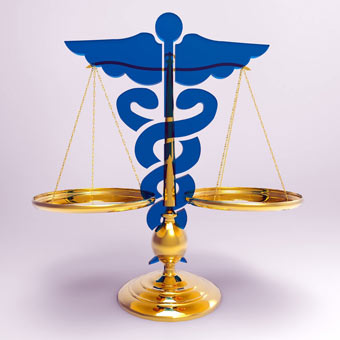How to Balance the Proportions of Your Food
 The typical proportions of a Chinese diet are similar to the diet that our ancestors ate in the past. It can be divided into three main groups in these quantities:
The typical proportions of a Chinese diet are similar to the diet that our ancestors ate in the past. It can be divided into three main groups in these quantities:
– 40-45% vegetables, as well as some fruit.
– 40-45% grains and carbohydrates – the Chinese typically eat a large amount of rice and in the north they mainly eat millet.
– 10-20% of rich foods such as meat, fish, seafood and eggs, dairy products, fats and oils and sugars.
As the West has grown more affluent we have changed the proportions of food we eat until our ‘normal’ diet has been turned on its head. Westerners now commonly eat a diet containing a large amount of rich foods that have strong tastes. We often eat only a small proportion of the grains, beans and vegetables that should be a staple part of our diet. Chinese medicine considers richer foods, such as animal products, dairy products and other fats, to be ‘special’ and extremely nourishing – but only in small quantities. Excessive amounts of these foods are harder for our digestion to assimilate. Eaten in large quantities they will end up upsetting our digestion and the balance of our health.
Has there ever been a time when we have eaten more in line with these correct quantities? We can go back to the 1940s when British people were eating a rationed wartime diet. The occurrence of coronary heart disease and many other illnesses were at an all-time low during this period. Comparing the average British diet in 1948 with more recent years we now eat 50% more meat and twice as much cheese, but less than half as much bread, potatoes and other carbohydrates – an astonishing difference!5 The British diet in wartime was much closer to the Chinese diet than it is now.
– 10-12% ‘rich’ foods
– 40-45% grains, beans and carbohydrates
– 40-45% vegetables and fruit
A diet based on grains and vegetables is central to most cultures. Two other well researched diets are the Japanese diet6 and the Mediterranean diet.7 These diets were carefully measured during the 1960s and both use similar proportions to the typical Chinese diet. The life expectancy for Greek people who ate this diet during the 1960s was among the highest in the world.8At the same time the rates of many cancers, coronary heart disease and other diet-related chronic illnesses were at their lowest level, despite far more limited medical services than those available today. The United States Department of Agriculture10 and the British Health Education Authority11 (along with the World Health Organization) now recommend a diet using quantities of foods similar to those eaten by the Chinese.


